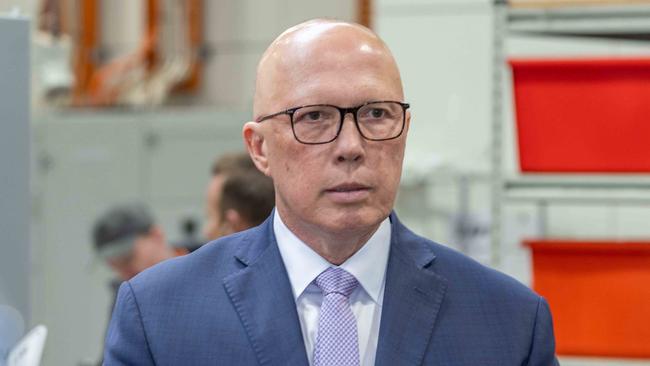Rock, hard place and what to do with those in between
How the detention system for asylum-seekers was instituted.

It was a quandary for a government that had stopped the boats. What could or should Tony Abbott do with commonwealth-owned immigration facilities that once heaved with asylum-seekers but were now almost empty?
In December 2014, then immigration minister Peter Dutton began the work of turning these facilities into deportation lounges for criminals. He used a newly broadened character test under the Migration Act, making it possible to deport any non-citizen at his discretion, even if he only thought there was a risk that person could engage in criminal behaviour.
Among those captured by the policy was Majid Jamshidi Doukoshkan. He was sent to jail as a declared drug trafficker in 2017 and neither the Coalition nor Labor ever intended for him to live in Australia after his sentence.
Doukoshkan is one of thousands of non-citizens flagged for deportation from the day they were sentenced in court. Under the overhauled system that Mr Dutton oversaw, convicted criminals such as Doukoshkan completed their jail terms then went straight to immigration detention awaiting a flight out of the country. There, some fought their deportation in court. Most lost, though there were difficult cases. Some people were stateless and literally a citizen of nowhere.
Australia did not want them and neither did anybody else.
Then came the NZYQ High Court ruling last November. Unanimously, the court ruled that immigration detention was unlawful where there was “no real prospect” of it becoming practical to deport the person in the foreseeable future. This applied to some 150 people, including Doukoshkan.
The government scrambled to place conditions on the most dangerous men, including by requiring them to wear monitoring devices. Shortly before Christmas, there were three High Court challenges to the commonwealth’s emergency monitoring powers for those released from immigration detention. Those challenges were scrapped after ankle bracelets and curfews were removed from the plaintiffs.
Doukoshkan was not required to wear an ankle bracelet at the time he is accused of taking part in the bashing of grandmother Ninnette Simons this month.



